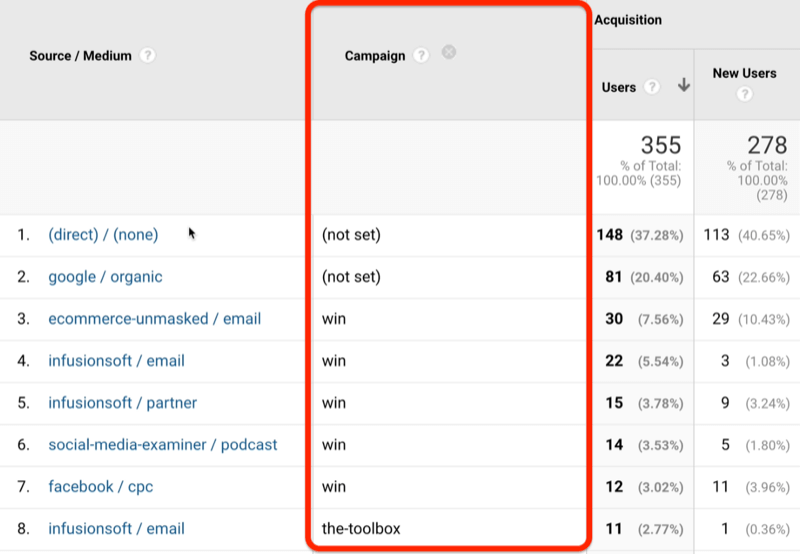Optimize Reporting Precision With Secondary Dimension in Google Analytics
Recognizing exactly how to make best use of reporting precision with second dimensions in Google Analytics can substantially boost the deepness of understandings acquired from information evaluation. By including second measurements purposefully, online marketers can discover concealed patterns and connections that may not be promptly apparent when examining main metrics alone.
Comprehending Secondary Dimensions in Google Analytics
To enhance information evaluation and gain deeper understandings right into individual actions, recognizing second measurements in Google Analytics is important. Secondary measurements enable individuals to section and even more dissect information beyond the primary measurement chosen. By including second measurements, analysts can improve their reports to reveal even more thorough info about customer communications on a web site. While the key measurement may display the overall number of web page views, including an additional measurement such as 'source/medium' can offer understandings right into where the web traffic originated from. This extra layer of information makes it possible for marketers to examine the effectiveness of various advertising projects or channels in driving web traffic to the website.
Furthermore, recognizing secondary measurements is important for developing more personalized records customized to details company objectives. By picking the right combination of second and key dimensions, analysts can uncover patterns, patterns, and connections that could otherwise remain concealed. This nuanced approach to data evaluation encourages businesses to make enlightened choices based upon a thorough understanding of user actions across various dimensions.

Exactly How to Apply Second Measurements
When leveraging secondary dimensions in Google Analytics, the functional application entails selecting particular information parameters to additional fine-tune understandings past the key dimension's range. To use second measurements effectively, begin by accessing the report or dataset where you want to dive much deeper right into the data. Within Google Analytics, situate the key measurement that you are presently evaluating. Once identified, click on the dropdown menu labeled "Secondary Dimension." This action will reveal a list of extra criteria that can be included in your evaluation. Pick the second measurement that lines up with your analytical goals, such as 'Source/Medium,' 'Gadget Category,' or 'Location.' By selecting a secondary measurement, you can obtain a lot more thorough understandings into user habits, demographics, or acquisition networks. Bear in mind that secondary measurements aid supply context and granularity to your main dimension information, allowing you to draw out more meaningful and workable insights from your Google Analytics reports.
Leveraging Secondary Measurements for Insights
Using second dimensions in Google Analytics enables a much more thorough evaluation of data, using important understandings beyond the main measurement's scope. By why not look here leveraging secondary dimensions, users can dive deeper into the performance metrics of their internet site or app, revealing hidden patterns and patterns that might not be right away obvious when just looking at main measurements.
One secret benefit of utilizing second measurements is the capacity to segment and filter data much more exactly. This can help analysts and online marketers better comprehend the habits of certain user segments, such as new visitors versus returning visitors, or traffic coming from different geographic locations.
Moreover, secondary dimensions enable users to compare and contrast different information factors within the same record, giving an extra all natural view of performance (Secondary Dimension in Google Analytics). Combining the main dimension of touchdown web pages with additional dimensions like demographics or gadgets can expose which pages are most reliable in involving users on various tools or from different demographic teams.
Basically, leveraging secondary measurements in Google Analytics encourages individuals to extract richer insights from their information, causing more enlightened decision-making and eventually, boosted performance.
Ideal Practices for Additional Dimensions
When examining information in Google Analytics, incorporating additional measurements effectively improves the deepness of understandings derived from the primary metrics. Selecting relevant second dimensions aids in providing context and a clearer understanding of the information being checked out.
Additionally, it is suggested to restrict the number of additional measurements made use of in a solitary record to avoid overwhelming the analysis with excessive details. Concentrating on a few essential additional dimensions each time can result in more concentrated and workable understandings. Furthermore, take into consideration trying out different combinations of secondary and primary dimensions to uncover one-of-a-kind trends and patterns that may not be apparent when checking out the data in isolation.
Advanced Analysis Techniques With Additional Dimensions
Discovering complex data relationships through the critical application of additional measurements can reveal nuanced understandings that raise the depth of analysis in Google Analytics. By incorporating second dimensions with key data collections, advanced evaluation techniques can be utilized to extract useful information.
In addition, secondary measurements can enhance the see here evaluation of conversion paths by supplying additional context. Comprehending the various touchpoints an individual connects with before transforming can be important in optimizing the customer trip - Secondary Dimension in Google Analytics. By utilizing additional measurements to explore our website specifics such as website traffic sources or tools used, marketing experts can tailor methods to target high-converting channels properly
Conclusion

To boost data evaluation and gain much deeper understandings into individual habits, recognizing secondary dimensions in Google Analytics is important - Secondary Dimension in Google Analytics. Additional measurements permit customers to segment and even more explore information beyond the main measurement selected. While the primary dimension may show the overall number of web page views, adding an additional measurement such as 'source/medium' can give understandings right into where the traffic originated from.When leveraging secondary measurements in Google Analytics, the sensible application entails picking details information criteria to more improve understandings past the primary dimension's extent. Remember that additional dimensions help supply context and granularity to your primary dimension information, enabling you to extract more meaningful and actionable insights from your Google Analytics records